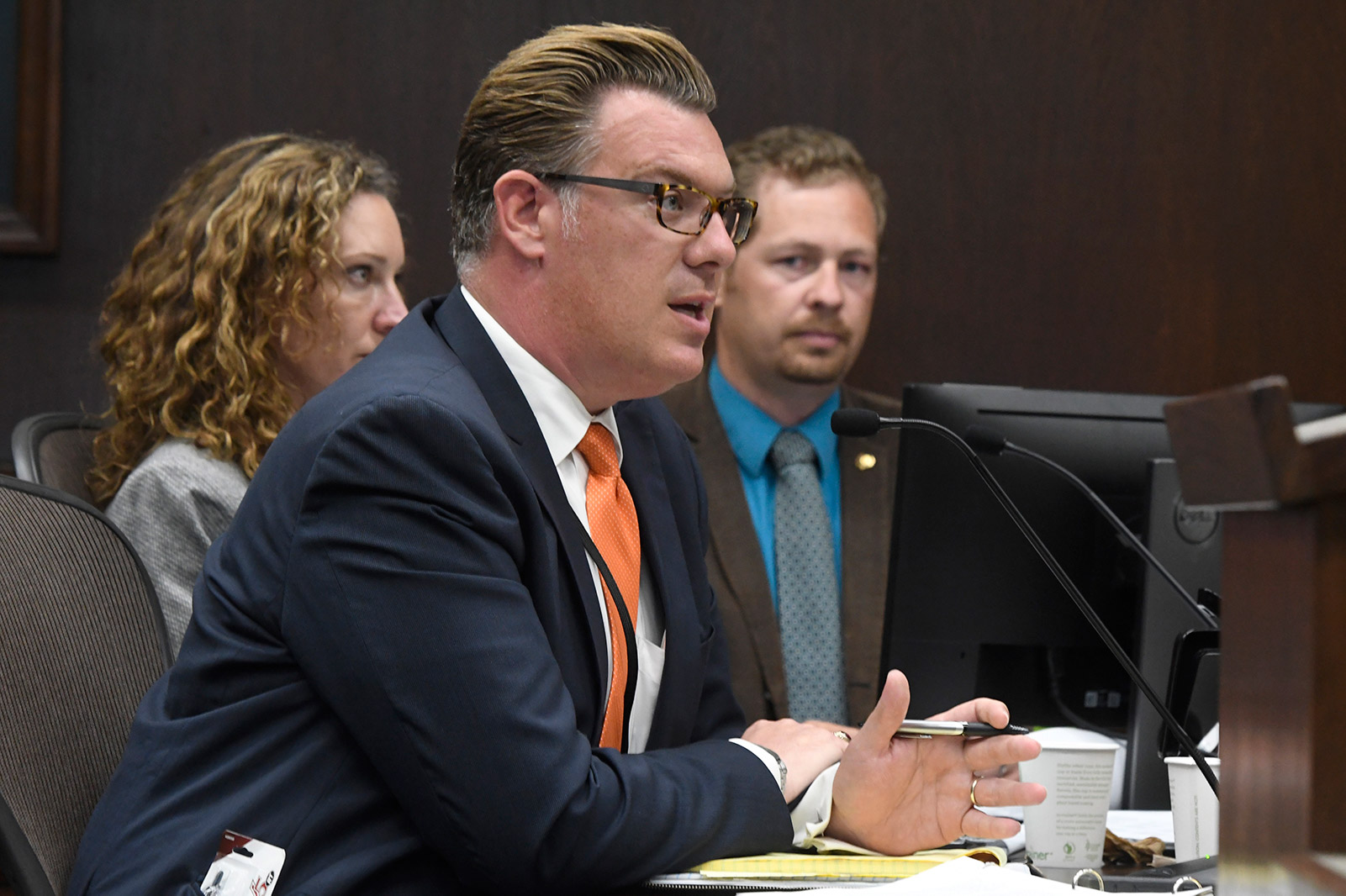Santa Barbara Police Department Proposes Mental Health Detail
Medical Professionals Would Engage the Chronically Homeless

After many months of high-octane stage whispering, the Santa Barbara Police Department just announced its intentions to embed medical professionals into its two-person restorative-policing squad, which is assigned to connect the chronically homeless with services, shelter, and, if possible, their families. The proposal — unveiled last week by Anthony Wagner, the department’s community engagement officer and Chief Lori Luhnow’s advisor — is to secure one doctor and two nurses for the program. The focus is to direct psychiatric medications and other medical assistance to people on the street who generate multiple calls for service.
Nearly half the 5,134 calls for service the department received last year about transient issues, Wagner said, were generated by just 25 individuals. Those top 25 — known as “frequent flyers” and “Million Dollar Murrays” — cost the department $551,000 in staff time, Wagner said, assuming it takes two officers about 45 minutes to handle such calls. “Our top 25 is the Fire Department’s top 25, and it’s probably the top 25 for Cottage Hospital and its emergency room, too,” he added.
Wagner said the strain such individuals place on emergency rooms can be intense. Some are so encrusted in their own excrement, he said, that it takes two nurses to get them clean and medically screened for treatment. By embedding medical professionals who can write prescriptions for psychiatric medications as well as other drugs, Wagner said the hope is to stabilize individuals who are otherwise too volatile to seek help. The new approach, he said, would not only get people the help they need but reduce time spent by city police and firefighters responding to calls for service.
The details of this plan are still evolving, Wagner stressed. But roughly, the whole package would cost in the ballpark of $400,000 a year. Part of that includes the cost of securing 12 recuperation beds at the PATH (People Assisting the Homeless) shelter. “It’s an idea. It’s a concept,” he said. “It has to be tested and evaluated. But we think with the right molecules of the right medications at the right titration to the right individuals, the pharmacology can help stabilize people who need help.”
And it’s not just city cops who are pushing this plan. Fire Chief Pat McElroy helped enlist Police Chief Luhnow. McElroy said that every time an ambulance is dispatched by AMR, firefighters are on the scene. “What if we could treat those people right where they are?” he asked. “Sometimes you can’t, but a lot of the time you can. That saves the cost of AMR to the ER; that also means when you call because you’re having a heart attack, you don’t have to wait as long.” The base cost for an ambulance ride is $1,500. With any intervention — an IV or pain medication, for example — it’s $2,300. That doesn’t count the $49-per-mile travel fee.
Initially, Luhnow and McElroy were hoping Cottage would cover the cost of a six-month pilot program, about $187,000. At the time, Cottage had just concluded a major grants initiative, donating a total of $1 million to nine community organizations to underwrite innovative new mental- health initiatives. In this context, the city’s pitch was too late and too big. Since then, Cottage administrators have met one more time with the two chiefs and Doctors Without Walls. Another meeting is scheduled for next week. At this point, Wagner said he’s hoping only to secure an endorsement from Cottage administrators. That, he said, would help greatly in any fundraising effort.



